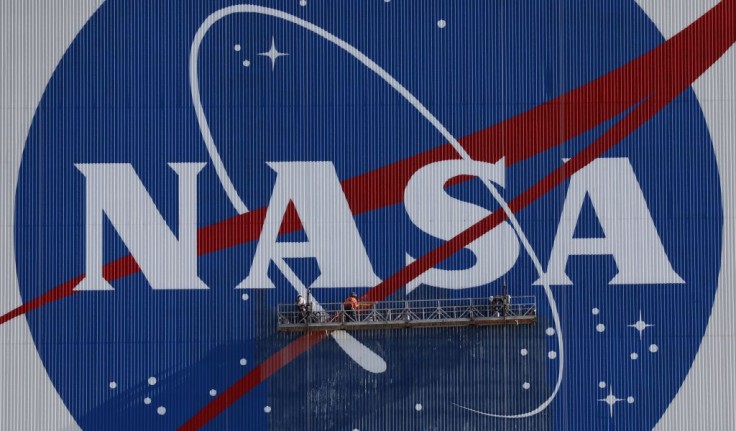
Despite its darkness, astronomers may have discovered a light after a black hole collision.
In addition to this, NASA also stated that there might be an additional category of a black hole.
Black Hole Collision Explodes With a Light?
In a recent NASA blog post, it revealed that astronomers may have witnessed light from two black hole collisions for the first time, allowing them to understand more about these mysterious dark phenomena.
Additionally, NASA posted a Twitter update indicating that a flare may have been formed when two smaller black holes combined to form a new and bigger black hole. The post furthered that it was observed for the first time in a 2020 study.
When black holes collide, they could cause nearby material to radiate with light. A 2020 study made the first-ever observation of a flare that may have been produced when two smaller black holes merged to form a new, larger black hole: https://t.co/ign9NtsXc2#BlackHoleFriday pic.twitter.com/lRmUEe4bBB
— NASA (@NASA) November 26, 2021
Moreover, the space agency stated that a supermassive black hole, based on their artist's composition, is encircled by a disk of gas.
Furthermore, gravitational waves are rippling in space and time that are detected by extremely sensitive detectors on Earth when two black holes rotates around each other and eventually collide.
Because black holes and black hole collisions are entirely dark, astronomers cannot see them using telescopes or other light-detecting tools. However, theorists have proposed a method for producing a light signal from a black hole collision by causing neighboring material to radiate.
On the other hand, scientists at Caltech's Zwicky Transient Facility (ZTF), which is based at Palomar Observatory near San Diego, may have discovered what could be a similar occurrence. If verified, this will be the first time that two black hole collision has produced a light flare.
In addition to the gravitational waves, the National Science Foundation's Laser Interferometer Gravitational-wave Observatory (LIGO) and the European Virgo detector are two gravitational waves detectors that found the collision in 2019.
The said event is known as GW190521g.
Through the said detection, the ZTF scientists were able to search for light signals from the site where the gravitational wave signal occurred.
Moreover, the two gravitational wave detectors have also detected collisions of massive cosmic objects known as neutron stars, which astronomers have recognized as light emissions.
Black Holes
A black hole is an astronomical structure with such a powerful gravitational attraction that nothing, not even light, can escape it, per NASA.
To understand the concept of a black hole, escape velocity refers to the speed at which an object needs to travel in order to break free of the gravitational pull from another body.
Additionally, the mass of the item and the distance to its center are the two factors that influence its escape velocity.
"For example, a rocket must accelerate to 11.2 km/s in order to escape Earth's gravity. If, instead, that rocket was on a planet with the same mass as Earth but half the diameter, the escape velocity would be 15.8 km/s," NASA exampled in detail.
Even if the mass is the same, the escape velocity is larger since the object is smaller and denser.
Astronomers have divided black holes into two categories: stellar-mass black holes with masses between 5 and 20 times that of the sun, and supermassive black holes with masses of millions to billions of times that of the sun.
Furthermore, they also hypothesized the third class of black holes, known as intermediate-mass black holes, but it has only been in the last decade or so that they have started to detect probable evidence of this type of black hole.









